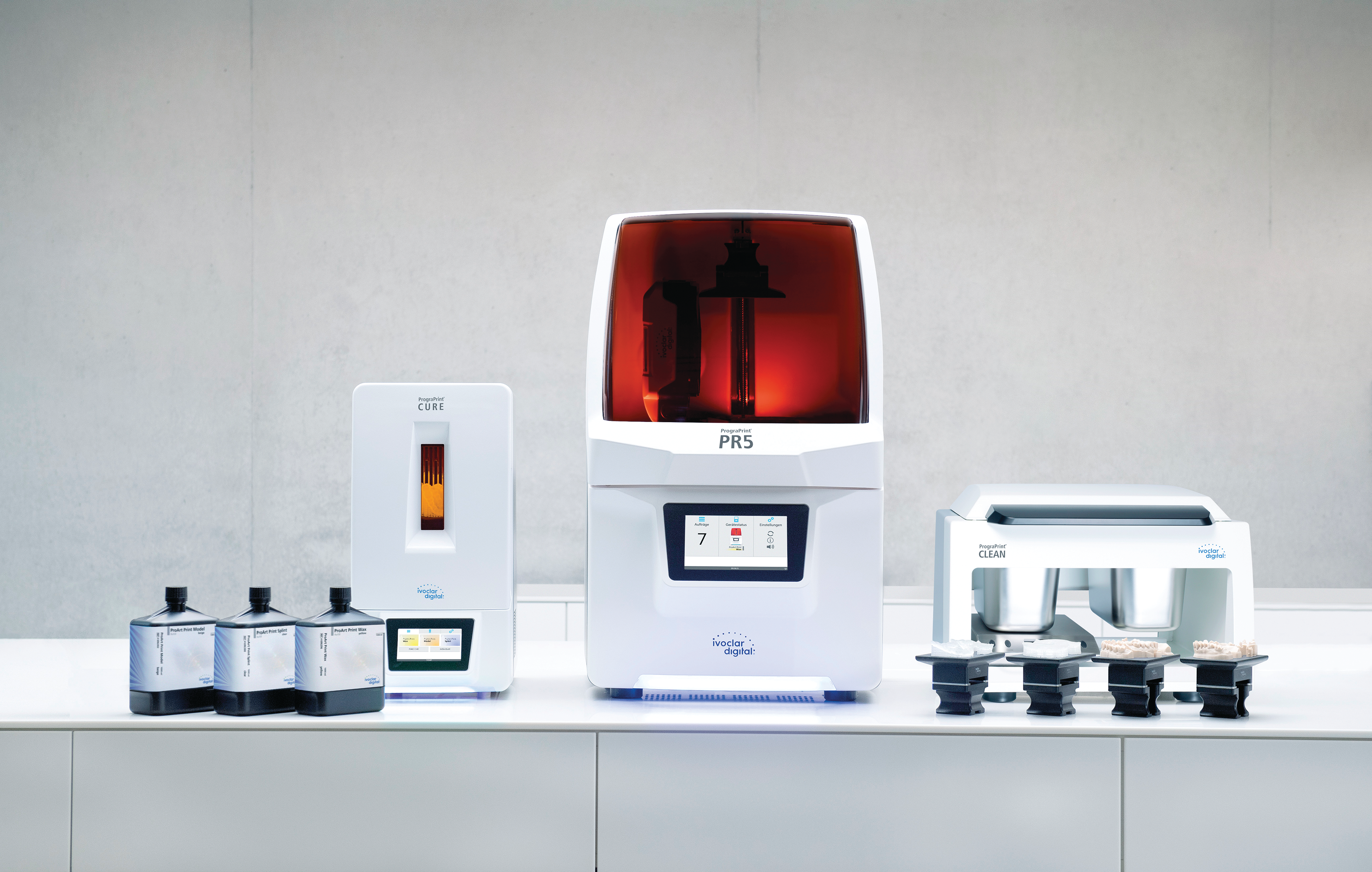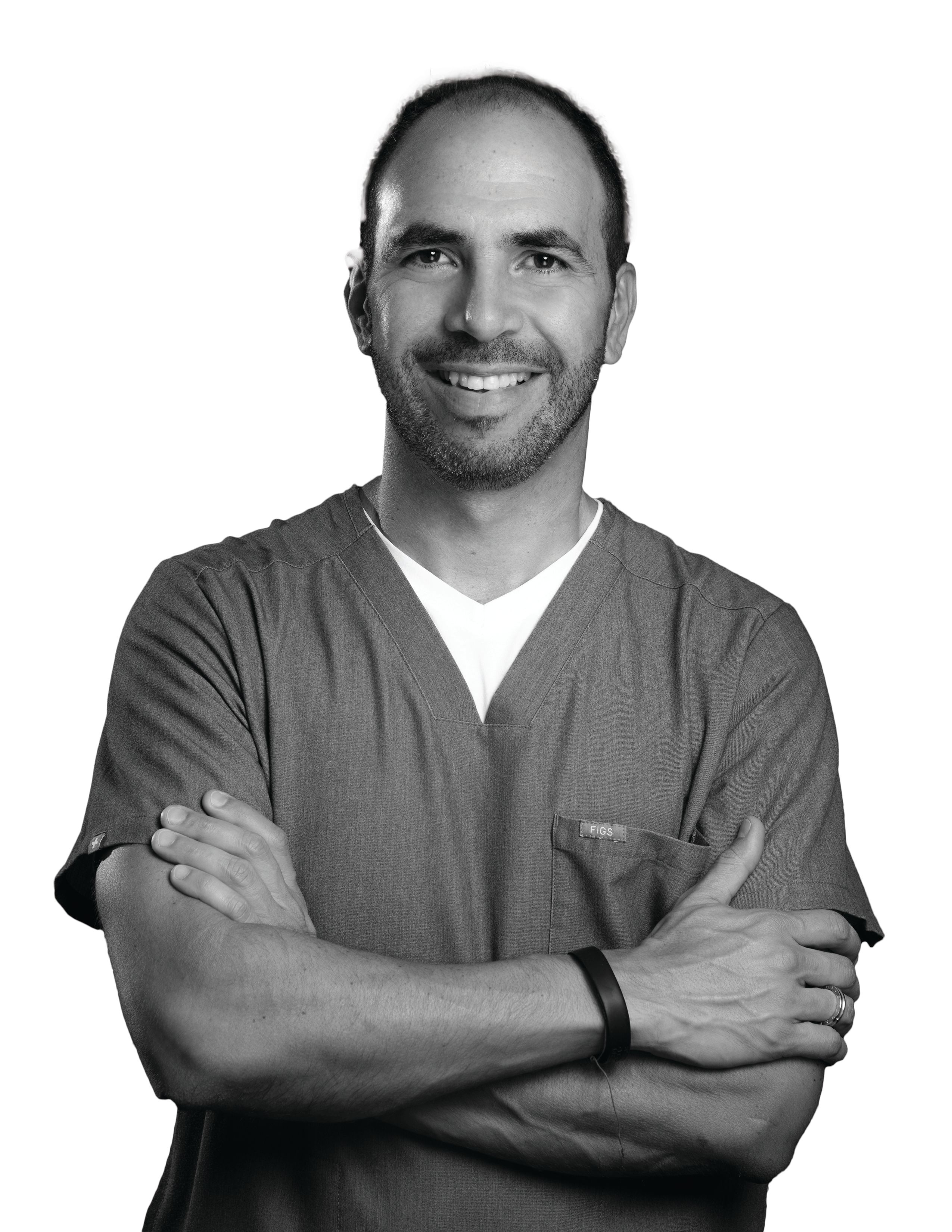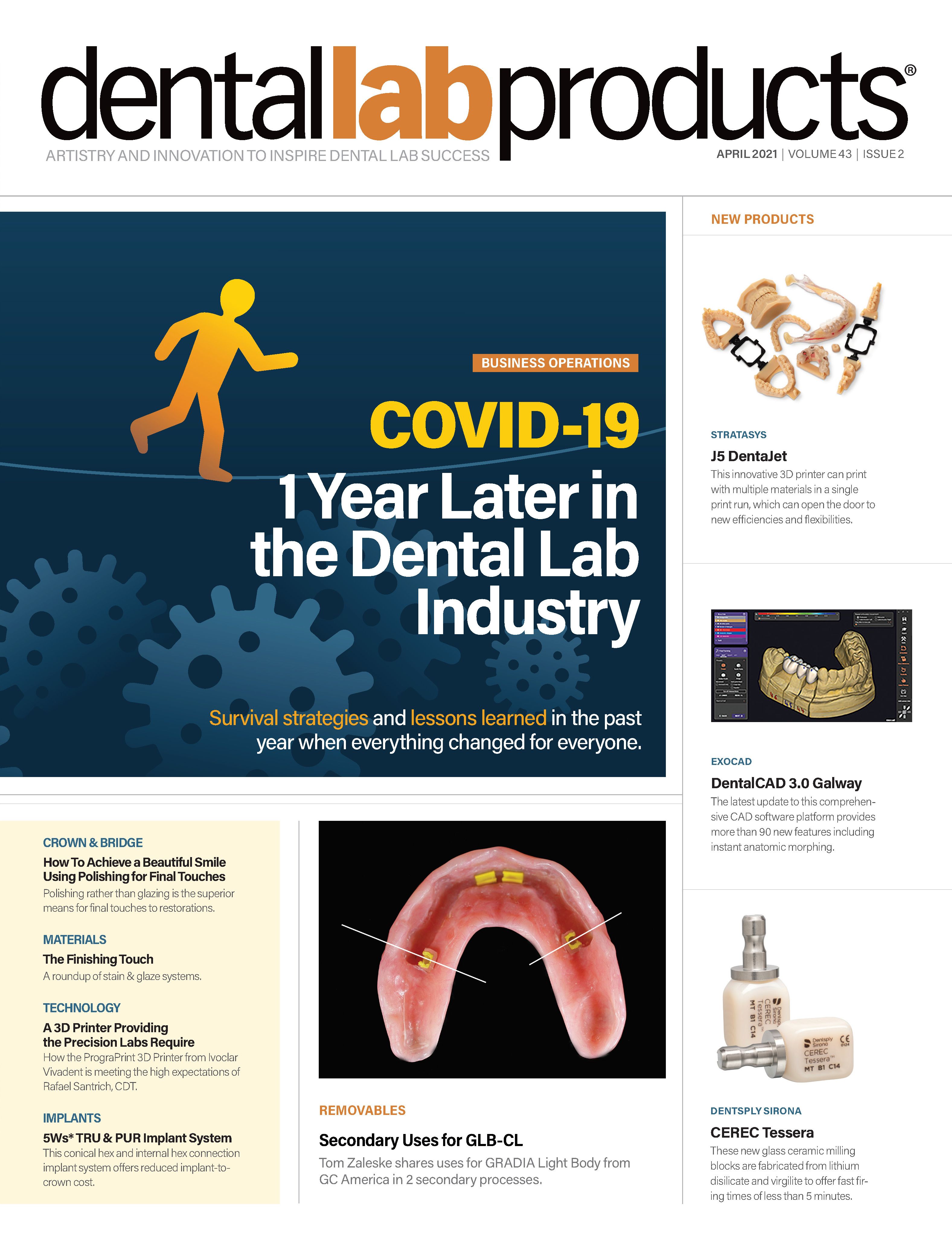Dental ceramics have been the focus for Rafael Santrich, CDT, throughout his career, which stretches back to the 1990s. Santrich has used numerous ceramic systems and materials and developed esthetic techniques and workflows such as the Scoop Technique. In the early 2000s, he founded VM Lab Technologies in Aventura, Florida, which now has 9 employees as well as a small teaching center.
“I’ve been doing esthetics, always, always,” he says. “This is my main focus esthetic cases, custom cases, and we do a lot of hybrids.”
A technician who is comfortable pioneering new workflows and employing new technologies such as photogrammetry imaging of implant cases, Santrich says he was skeptical about 3D printers when they began to be employed in dental laboratories. He only started using the technology at his laboratory 2 or 3 years ago.
“At the beginning, I didn’t believe in 3D printing technology because I always heard the materials are not stable. So I never got involved 100% with it,” he says.
The first printer he purchased for his lab didn’t always meet his expectations. Santrich says solid models were fine, but when it came to printing models for implant cases requiring as much precision as possible, he’d find the analogs would not seat completely. He would have to adjust the printed models, which made work more complex and time-consuming. Santrich eventually found better results outsourcing model printing to a larger lab with a large-scale printer. He was happy with the results of the handful of models he’d outsource each month, but he still preferred analog impressions and models.
PrograPrint™
Designed to provide a start-to-finish 3D printing solution, the PrograPrint system from Ivoclar Vivadent includes the PrograPrint PR5 3D Printer, PrograPrint Clean, PrograPrint Cure, and ProArt™ line of print materials. The PrograPrint PR5 is a self-calibrating DLP printer featuring a 4-million-pixel resolution, 49-µm pixel size, and 50- to 100-µm layer thickness. The system produces models, splints, surgical guides, as well as wax for pressing or casting. Self-contained material cartridges increase efficiency and reduce waste.
Ivoclar Vivadent
716-691-0010 | ivoclarvivadent.com
Earlier this year, he added Ivoclar Vivadent’s PrograPrint 3D printer to his lab. Santrich says he is trying a variety of applications for the printer, and it is producing results he’s happy to use. Models produced with his previous printer didn’t meet expectations, but the PrograPrint models provide a good fit for implant analogues and deliver when it comes to resolution.
“The quality is really nice, allowing me to see very good details,” he says. “There is no need to make adjustments and accuracy of fit is right on.”
Santrich also is using the PrograPrint to produce wax-ups for pressing IPS e.max restorations. He likes having the freedom to allow the software to attach the sprues or to choose the contact points himself. Although the printed wax material does shrink a bit, the workflow for printing, cleaning, and then pressing with the wax parts helps eliminate any negative impact. Santrich likes that the wax remains stable until it is cleaned and cured, and as long as it is pressed within the next 2 hours he’s able to get the printed accuracy in the pressed ceramic.
“Once we press, it’s really good,” he said. “It prints thin margins, which is really important today with noninvasive dentistry, and that is something that some mills can’t produce, so that level of precision is really important.”
The print-and-press workflow Santrich is employing with the PrograPrint is a growing part of his workload. The self-described “really, really picky” technician says the PrograPrint’s production quality is meeting his expectations. Santrich says the printer adds efficiencies to his lab, but no matter how good the technology gets, an experienced technician is always the most important part in meeting each case’s unique challenges.
“I think it’s a device that helps us to be more predictable and faster, but [the technology won’t] replace us,” he says.
With the PrograPrint in his lab, he is able to speed up veneer and similar cases by digitally designing and printing the wax-ups and then having his waxing department check for quality and invest the ring, which saves a significant amount of time. His workflow takes into account the 2-hour window of time post curing, so they print the cases overnight in order to clean, cure, and press the next morning.
For Santrich, the PrograPrint is a printer with the accuracy he demands. He’s continuing to develop and refine his workflows and finding ways to use the printer instead of his mills.
“I was skeptical about having a big machine [such as] that in the lab, but now it’s worth it,” he says. “We are experiencing the advantages. Right now we’re super busy.”


